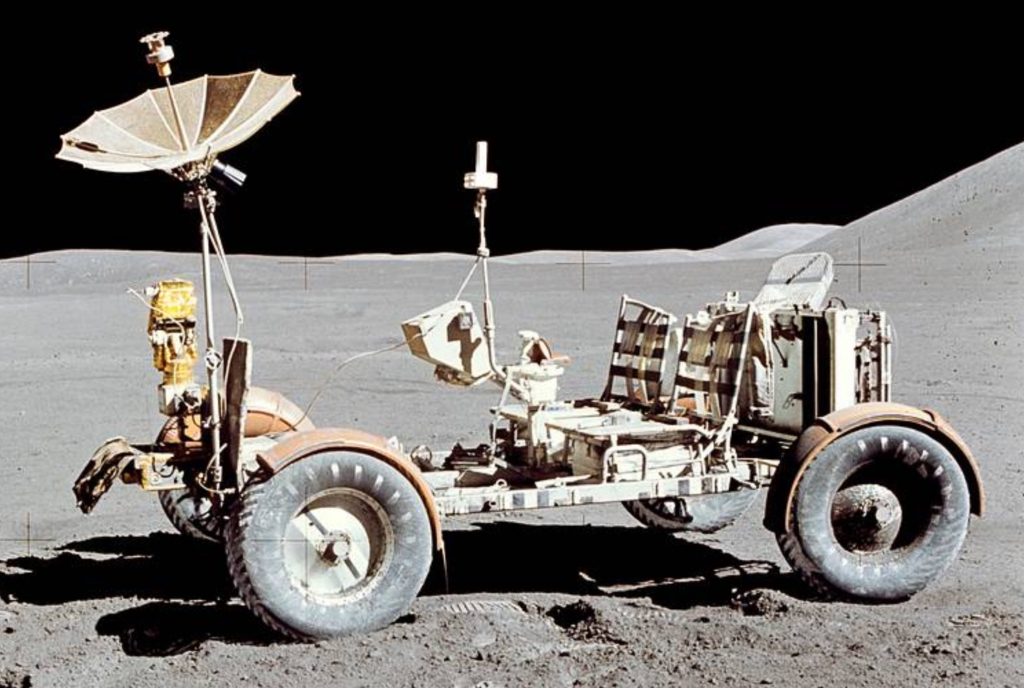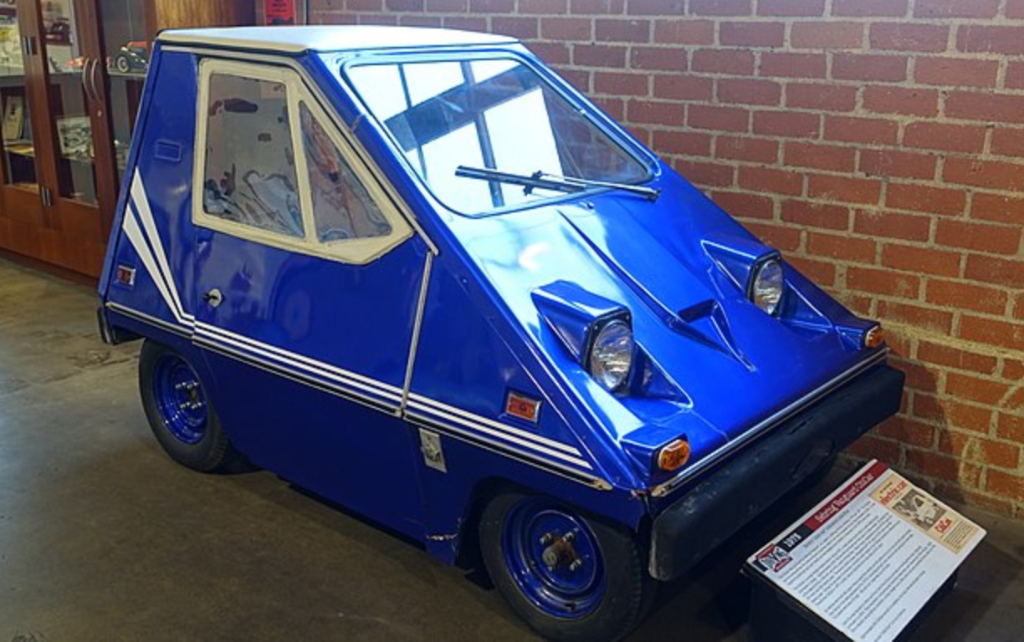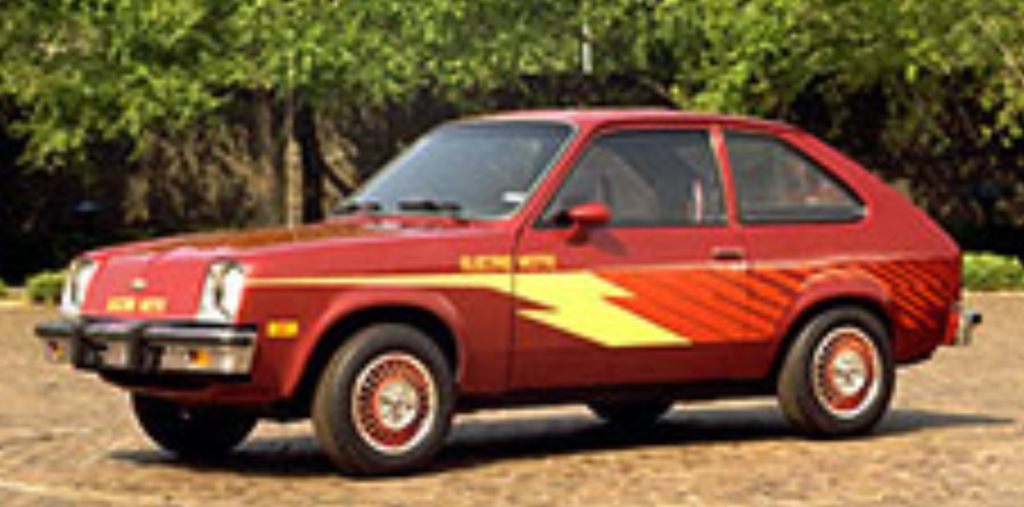Electric Vehicles
-
Introduction - Electric Vehicles
-
Objectives - Electric Vehicles
-
Electric Vehicle Timeline4 Topics
-
How Electric Vehicles Work4 Topics
-
Electric Vehicle Components4 Topics
-
High Voltage Safety5 Topics
-
Electric Vehicle Emergencies8 Topics
-
Charging an Electric Vehicle7 Topics
-
Buying an Electric Vehicle4 Topics
-
Driving an Electric Vehicle4 Topics
-
Maintaining an Electric Vehicle
-
Electric Vehicle Conversion Kits
-
Automotive Manufacturers23 Topics
-
BMW Group
-
Canoo
-
Daimler Group
-
Fisker
-
Ford Motor Company
-
Geely Auto
-
General Motors
-
Honda Motor Company
-
Hyundai Motor Group
-
Lordstown Motors
-
Lucid Motors
-
Mazda Motor Corporation
-
NIO
-
Renault Nissan Mitsubishi Alliance
-
Rivian
-
Stellantis
-
Subaru Corporation
-
Tata Motors
-
Tesla
-
Toyota Motor Corporation
-
Volkswagen Group
-
Volvo
-
XPeng
-
BMW Group
-
Summary - Electric Vehicles
-
Activities - Electric Vehicles1 Topic
-
Review - Electric Vehicles
-
Test - Electric Vehicles1 Test
1950s-1980s Electric Vehicles
In 1900, the most popular vehicles in order were 1) steam powered, 2) electric powered, and 3) gasoline powered. Peaking in the 1910s, electric vehicle sales began to decline. Cheap petroleum, the invention of the self starter for internal combustion engines (ICEs), and the success of the Model T made this transition to ICE vehicles. Before Henry Ford introduced the moving assembly line for the Model T the average worker could not afford an automobile. The average annual wage in 1914 was $627. The Model T eventually sold for as low as $260. By the 1920s, half the cars in the world were Model T Fords powered by ICEs. Electric vehicles could not compete with the price of ICE vehicles. It took many years for interest in electric vehicles to grow once again.
1959 - 1960 Henney Kilowatt
The 1959 Henney Kilowatt was produced by the National Union Electric Company, looking for a way to shift vehicles from petroleum to electric. The 1959 model had a 36 volt battery pack with a 7 horsepower motor (5.2 kW). It achieved 40 mph with a range of 40 miles. The 1960 model had a 72 volt battery pack that increased the speed to 60 mph with a range of 60 miles.

1964 Electrovair
In 1964, GM converted a Chevrolet Corvair into an EV. At first this concept car, the Electrovair, had a 90 HP electric motor. Then in 1966, the Electrovair II received a 115 HP electric motor. With its silver-zinc battery it had a range between 40-80 miles.
1971 Lunar Roving Vehicle
GM and Boeing collaborated to build an electric vehicle for astronauts to drive on the moon. In 1971, the Lunar Roving Vehicle was used during the Apollo 15 mission. The Lunar Roving Vehicle extended the distance that astronauts could previously explore on foot.

1974 - 1977 CitiCar
Manufactured by Sebring-Vanguard, the CitiCar was simply designed to transport people, without added amenities. Early models had a 2.5 hp DC electric motor with a 36 volt battery pack. The electric range for the 36 volt design was approximately 40 miles. With a top speed of 28 mph, it was truly as the name implied, a city car.

1977 Electrovette
GM was researching EVs again in the 1970s. After collaborating with NASA to build the Lunar Roving Vehicle, they converted a Chevrolet Chevette into an EV. The Electrovette had a range of about 50 miles at an average speed of 30 mph. With a top speed of 53 mph, the Electrovette would only be practical as a city/urban car. EV research at GM received attention in the 1970s since gasoline prices rose dramatically due to the OPEC oil embargo. GM researchers were trying to determine if introducing an EV into the market was feasible. As gasoline prices stabilized in the 1980s, the EVs were not seen as a viable alternative to internal combustion engine vehicles (ICEs).


